My name is Jin. I’m from Aiea, Hawaii.
I moved to New York City about maybe 8 years ago and 6 years ago I started becoming a sex worker. Unintentionally – it just kind of happened. I became a professional dominatrix when I first started because I kind of already had, like, a look – an alternative look. So I started to dress more feminine and I started to style my hair in a way that was very, like, hyperfeminine. So I had straight across bangs, long black hair. I wanted to look like Betty Page. I just assumed that she was like the pinnacle of femininity, and the more feminine I looked, I thought I would make lots of lots of money.
I worked for a commercial dungeon in New York City and I – once I left the dungeon and I started doing freelance work or I took breaks from being a sex worker, I kind of started choosing my own hair style. And I went – I started doing some freelance commercial modeling and I dyed my hair blonde.
Also, at the time, Instagram was showing a lot of, like, non-binary models. I started coming out as non-binary. I was reading more about being gender fluid and non-binary and they/them pronouns, like, what that means. And I definitely identified with a lot of it. I didn’t realize there was so much language around this type of identity. And it started to res – it was resonating with me for awhile. But all the people that were, like, attributed to this identity were, like, thin, white, skinny, tall models, and I thought the only type of, like, identifiable factor in that was that, like, Oh they have tattoos and that’s interesting. But I – and some of them had, like, pastel hair and like blue lipstick, and I was like, This is adorable, but I don’t – other than the tattoos and like alternative hair expressions, I didn’t really look like any of them. I started to dye – I dyed my hair blue. I thought that that would be more an obvious marker, like I’m non-binary, too! That didn’t really do anything.
At this time, I was also going to clinics to go on consultations about going on hormones and testosterone. And some clinicians were telling me different things like I would have to, like, lose some weight before going on testosterone, because of the weight distribution I would gain more weight. Some of them suggested that I maybe just work out more to have more of a masculine presentation rather than just going straight to hormones. I was getting a lot of different mixed signals from a different – a lot of different clinicians and realized that maybe it wasn’t – it just made me feel like I wasn’t completely – maybe testosterone wasn’t the complete answer. I’m not necessarily a person that wants to fully transition to be a man. I’m comfortable being the way I am. I just wanted to feel a little bit different and less dysphoric about my transness as a non-binary person.
In that time, I started getting my hair cut. I had long, gross, like stringy blond hair and it was like ready to just be cut off. And I saw my friend who is a queer hairstylist here in New York. Every time I’d see them, they’re like, “You really gotta let me cut your hair. It’s just, like, it’s just on its last legs.” And they cut it to my shoulders and I liked it. It was very like Kurt Cobain – Asian Kurt Cobain. Messy in my face. I started cutting it shorter and I went from shoulder length to ear length that was very boy band, very very Elvis, had like a swoop in the front, like rockabilly, and I liked it.
I was still seeking health clinic that would put me on testosterone and I finally got an appointment around this time. I remember I just got a haircut and I started going on testosterone. I went on a very low dose on a gel packet. I passed all their tests about seeing if I quality as a transperson or not. None of them asked me about my weight or my health or anything like that.
I noticed that I didn’t – like, my gender presentation was still feminine. I was always getting this, like, cisgendered, misgendered. And it was kind of just more along the lines of like – it just didn’t feel comfortable Even if I looked very feminine or masculine, I just didn’t like it. I still didn’t look like all of these people on Instagram of being this like, this archetype of a queer non-binary person.
I took hormones for about like 2 to 3 months, I think, and every month I think I got a haircut. Because also in that, like, time I was taking hormones, I decided – I found a tattoo artist that agreed to tattoo my head.
It was the day that I want to go retouch or fill in shading into the snake tattoo that I have right now and I went to a barber close to the tattoo shop. I finally did it and the person who shaved my head was also baldie and he was taking really long because he said, admittedly said, like, “I’ve never shaved anybody’s had before.” I don’t know why he would say that during a time where he’s shaving my head. And I – he’s like, “ I just really want to take my time on this and he kept busting out new, like, razors and he’d, like, wanted to give me the full experience, but I was like, “Hey. I gotta get a tattoo right now, like I’m just going to go.” But it was, like, a nice ease into just like becoming bald. And I told him – I just kept – it’s almost like I had to walk him through shaving my head so I didn’t have time to freak out about it. And then I was completely bald and I could really see my head and I was like, Wow, I have a good head. I don’t – I don’t mind. It’s not that bad.
I recommend anybody to – regardless of gender and identity – to shave their head once. If you – it teaches you a lot about letting go. It teaches you a lot about seeing yourself without any extraneous – like, try shaving your head and look at yourself in the mirror naked. Whoa. It is like – it’s like seeing yourself completely all over again for the first time.
I like just being bald now. I like not having my hair be – because whether I had really long black hair and being hyper femme, to blond hair and having all these crazy colors, I was always something to be looked at. And even though I still get looked at a lot because I have I have a lot of tattoos, it’s still at least somewhat expressive of what it is I feel inside instead, rather than presenting in a way that is for someone else. I think it’s important for non-binary, gender non-conforming people, or people under the trans umbrella, to hear that you’re fine, you don’t have to – like, love yourself, affirm yourself in whatever way, do things that make you feel comfortable. Also not everybody’s story is exactly the same. It’s, like, okay to be fluid. It’s okay to like – to just be.
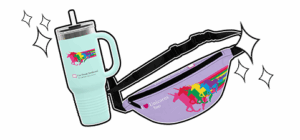

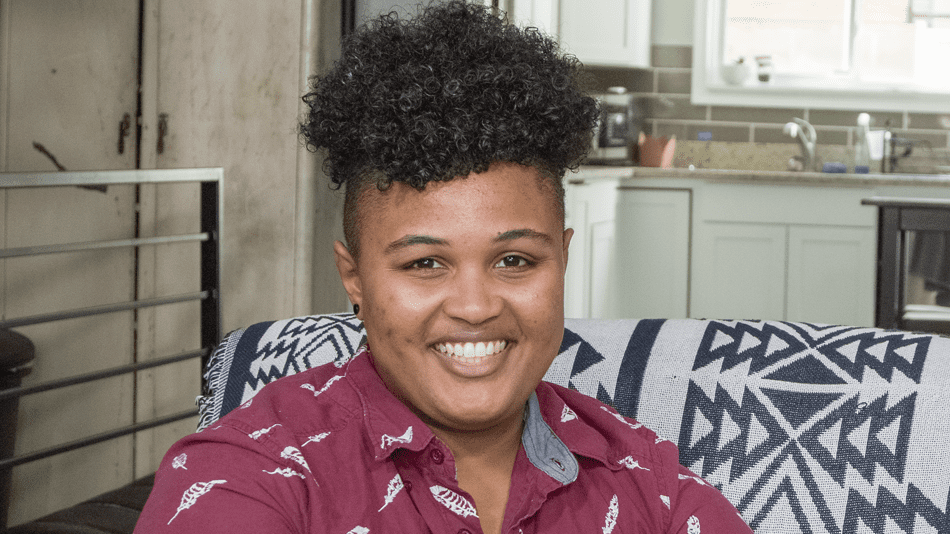

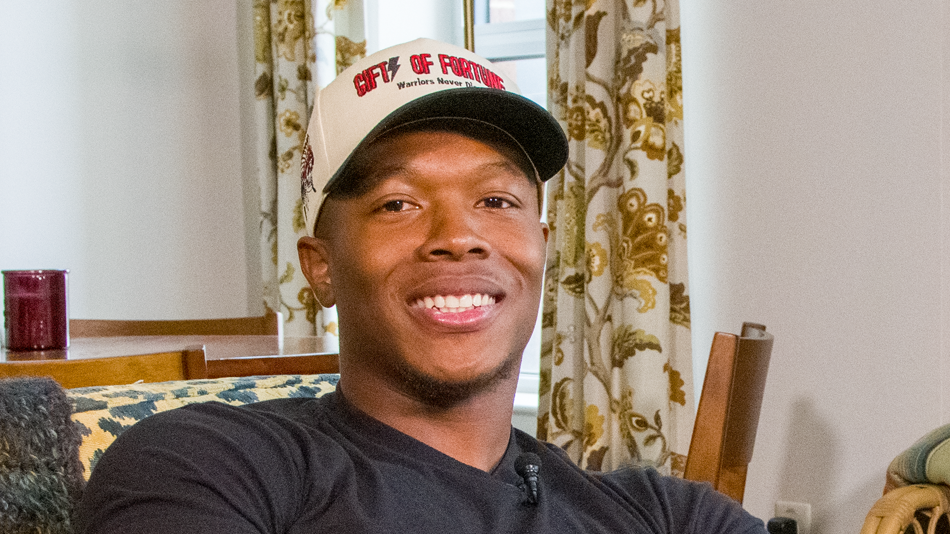
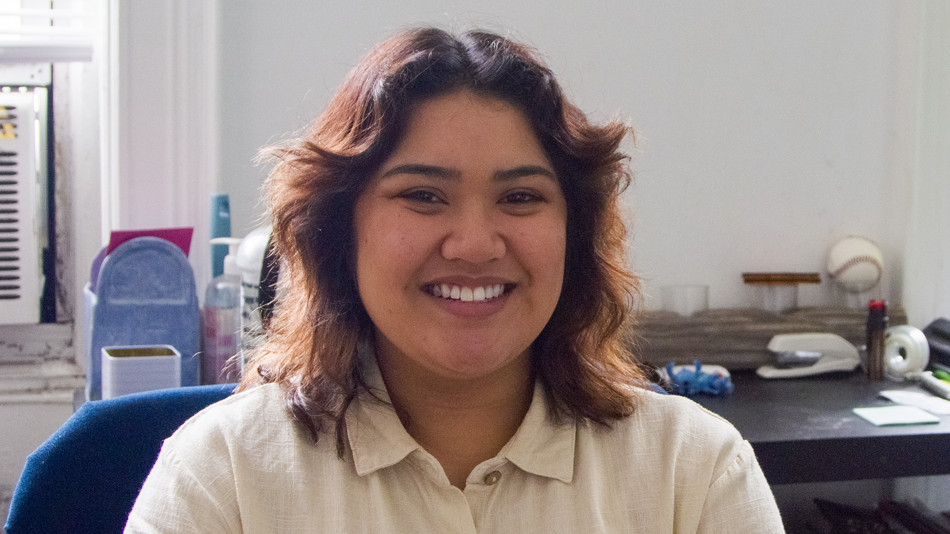
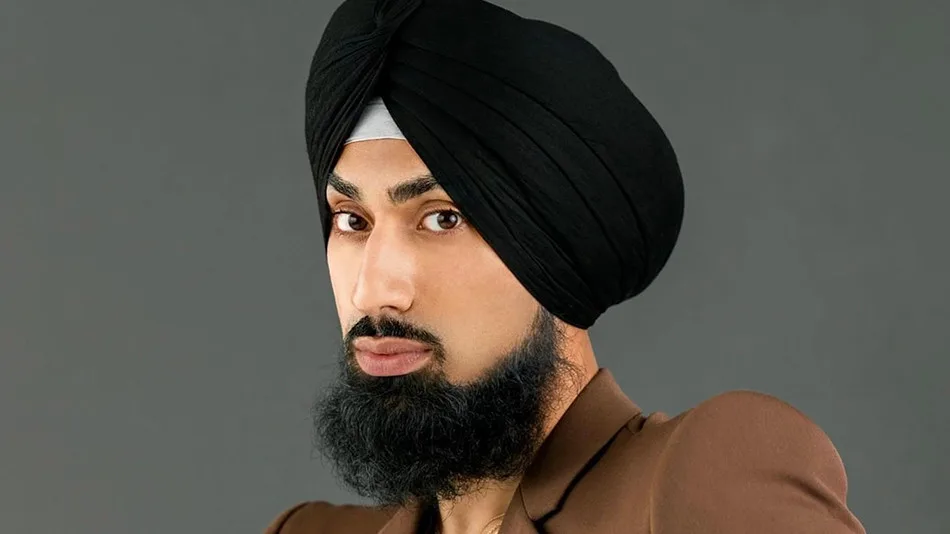
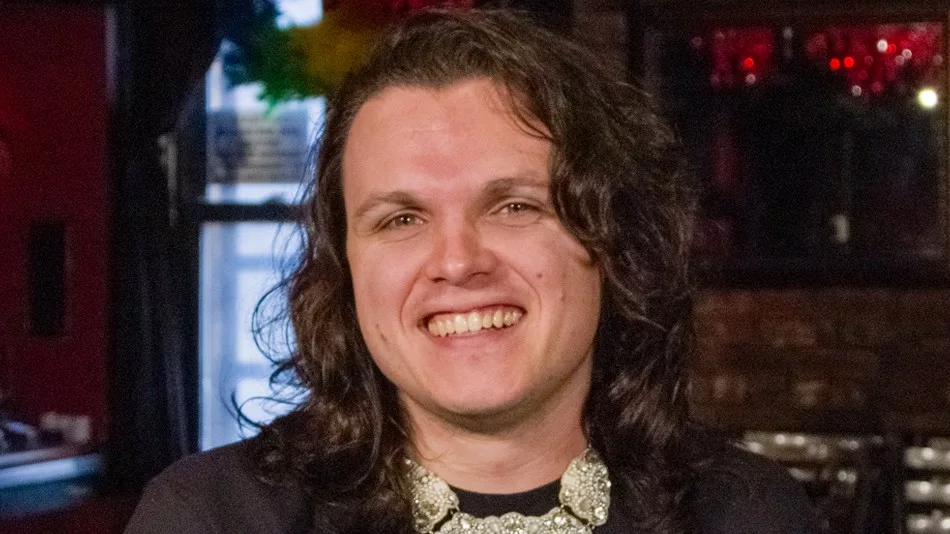
Share